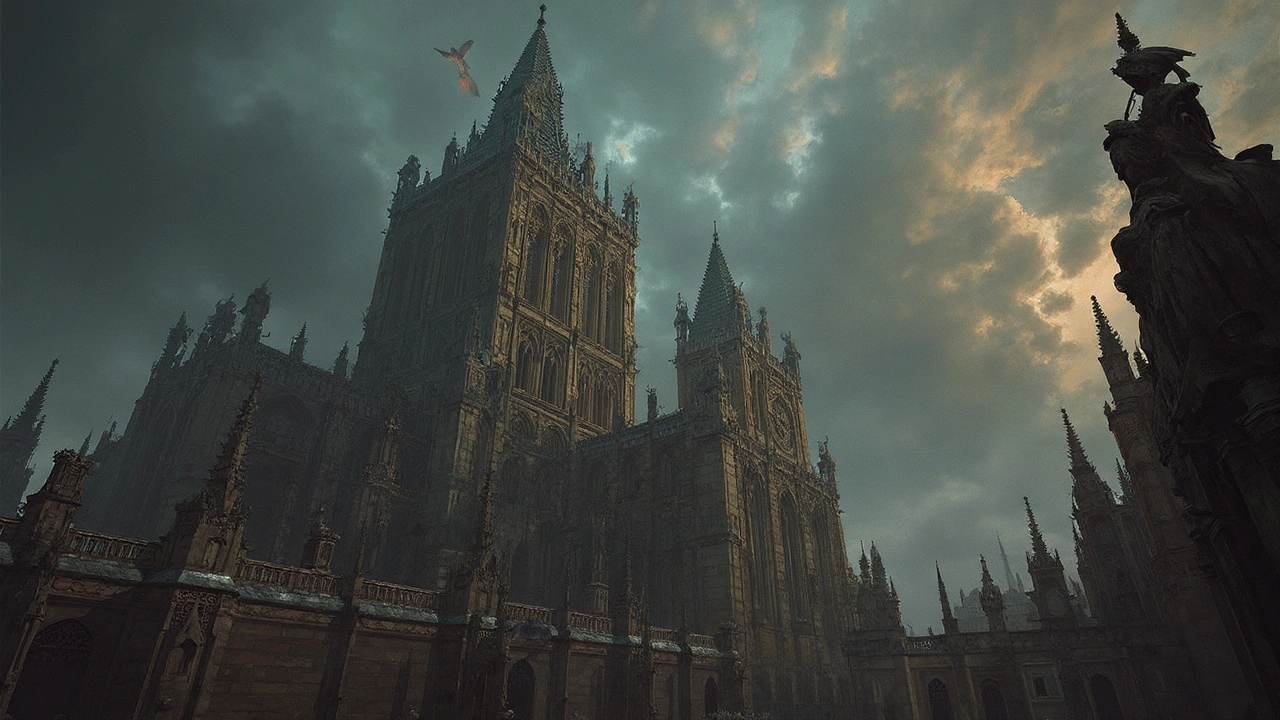Symbolism in Architecture and Art
Buildings and artworks are full of messages. Some shout power or faith. Others whisper local pride or a designer’s joke. If you want to read those messages, you don’t need a degree—just a few simple habits and a curious eye.
How to read symbols in buildings
Start with form. Big scales, tall columns, and domes often signal authority or sacred purpose. For example, Roman engineering—arches, aqueducts, amphitheaters—communicated public power and practical control over nature. Byzantine domes and mosaics used light and gold to suggest heaven. Gothic spires and pointed arches point your gaze up, which is a clear religious cue.
Next, study details. Ornament, statues, stained glass, and mosaics carry specific stories. A gargoyle can be a rainspout and a ward against evil. Classical columns (Doric, Ionic, Corinthian) borrow from ancient Greece to suggest order, democracy, or taste. Art Nouveau’s flowing plant motifs say the building belongs to nature and craft, while Rococo interiors often signal leisure and luxury through playful curves and gilding.
Finally, check materials and context. Stone, brick, or concrete tell different things about budget, age, and intent. A marble façade often means ceremony; rough stone can mean defense or humility. Location matters too: a grand civic building in the town square broadcasts civic pride. A modern glass tower in an old district might signal money and modernity—or a deliberate contrast.
Quick checklist to spot symbolism
- Look up: domes, spires, and rooflines show purpose (sacred, civic, or private).
- Scan the entrance: steps, porticoes, and columns often mark importance.
- Read ornament: animals, plants, faces, or inscriptions tell stories or values.
- Note materials and color: bright golds and whites suggest wealth; raw materials suggest function.
- Consider era and style: Gothic, Renaissance, Beaux-Arts, Art Nouveau, and Postmodern each carry different cultural codes.
Want concrete examples? Read about Roman engineering and hidden Roman gems to see how utility became a symbol of empire. Check Gothic Revival or Byzantine articles to see how faith and empire are shown through shape and light. Look at Beaux-Arts and Renaissance pieces to spot how power and wealth get dressed up in ornament.
Use these tips when you travel or walk your neighborhood. Pick one building and ask: what does its scale, detail, and material say about the people who built it? That small exercise trains you to catch symbolism fast and enjoy architecture as a readable, human craft.

Decoding Symbolism in Gothic Architecture
Gothic architecture is more than just stunning cathedrals; it's a language written in stones. This article uncovers the hidden meanings behind its towering structures, intricate designs, and mysterious figures. From flying buttresses to pointed arches, learn how each element conveys stories of faith, power, and medieval life. Get ready to see these ancient buildings in a whole new light with fascinating insights that you won't find in a typical history book.
Read more